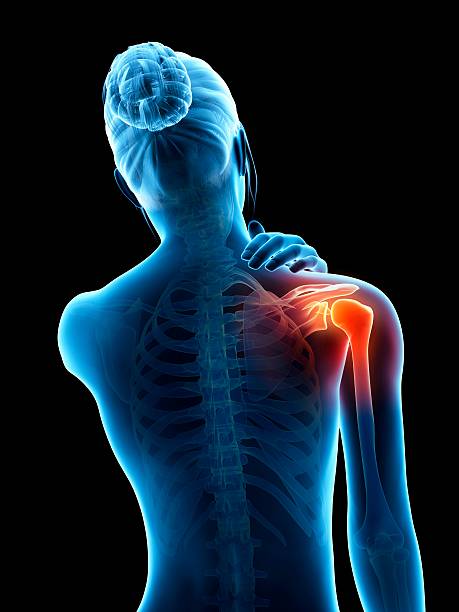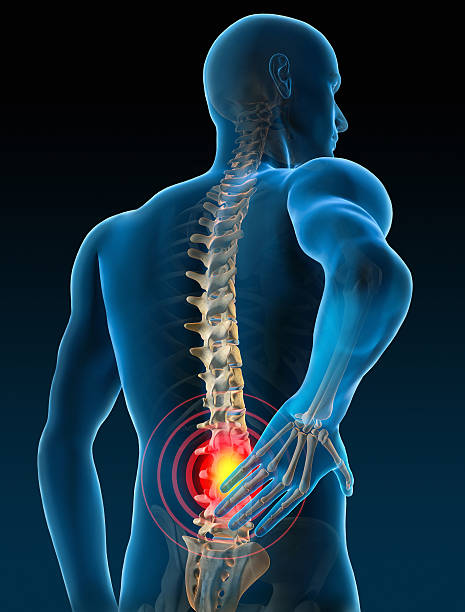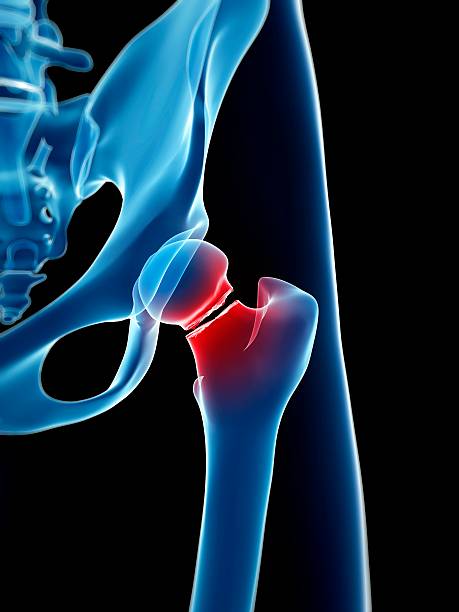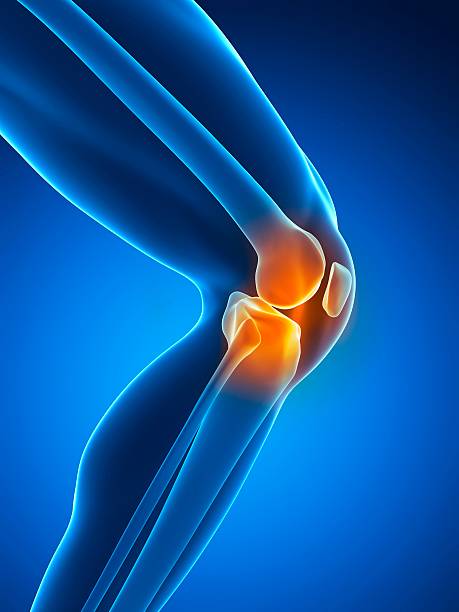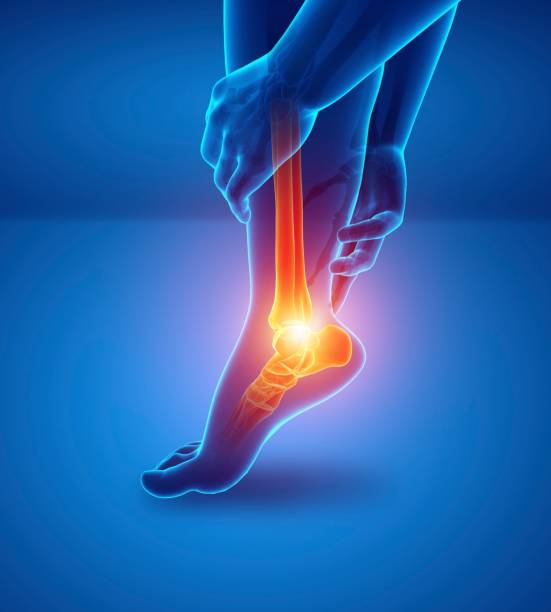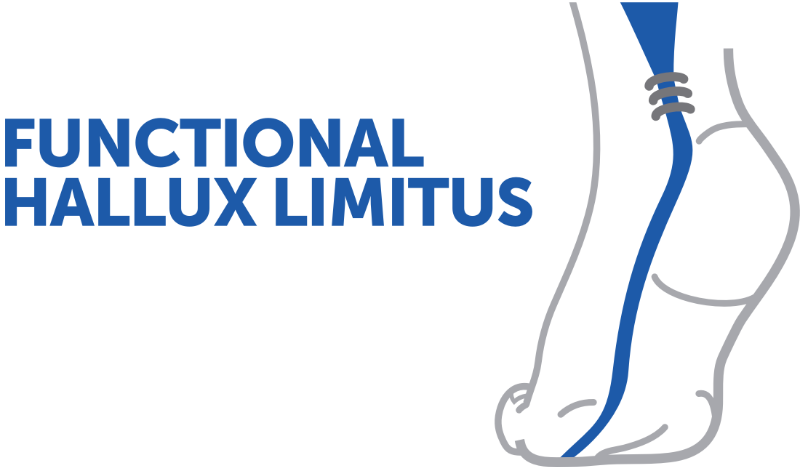Understanding Non-Repairable Rotator Cuff Injuries and Their Treatments
This video discusses the issue of non-repairable rotator cuff injuries, diagnostic criteria, and treatment options. It explores conservative approaches, surgical alternatives such as balloon and reverse prosthesis, and indications based on the patient's age and functional status.
Doctors
Topics
Treatments
Advice
- Dr. Ali Djahangiri
- Definition of a non-repairable cap
- Conservative treatments
- Subacromial balloon
- Reverse prosthesis
- Complications and indications
- Conservative treatment
- Arthroscopic debridement
- Subacromial balloon
- Reverse prosthesis
- not to operate systematically
- importance of MRI
- role of the deltoid
- prosthesis reserved for elderly patients
- palliative treatments
Information
Video type:
Anatomy:
Surgery:
Thematic:
When a headdress becomes unrepairable: understanding the situation
Unrepairable does not mean "impossible to reattach," but "tendon that will not function" due to advanced fatty atrophy and humeral ascension. The supraspinatus plays a major stabilizing role; its absence disrupts the centering of the humeral head.
This configuration explains pain, weakness and, later, loss of function.
Pragmatic diagnosis: clinical, radiographic and role of MRI
Standard radiography may be sufficient when the acromiohumeral distance is less than 7 mm, indicating humeral head elevation. MRI specifies muscle quality and retraction, useful for stratifying options.
It is misleading to rely on apparent mobility alone; compensations sometimes mask an advanced lesion.
A non-repairable cuff is not a tendon that cannot be reattached, it is a tendon that will not function.
Conservative treatment: objectives and limits
In the absence of pseudoparalysis, initial treatment aims to relieve pain and optimize function: anti-inflammatories, physiotherapy, possible infiltration. The patient is informed of the often satisfactory but not definitive efficacy.
A marked or persistent decline in function leads to discussion of a surgical option.
Palliative procedures: arthroscopic debridement and balloon
Debridement cleans the subacromial space and can reduce pain without restoring strength. The absorbable subacromial balloon temporarily recenters the humeral head; its benefits remain debated and must be explained transparently.
These options are aimed at selected patients and are part of a graduated strategy.
We are not going to cure the patient, but we can relieve pain and improve function.
Reverse prosthesis: deltoid mechanics and indications
The reverse prosthesis medializes the center of rotation and increases the lever arm of the deltoid, allowing the arm to be raised without a functional cuff. It is indicated after failure of conservative treatment, especially in older or less active patients.
Preoperative information emphasizes realistic goals and specific rehabilitation.
Complications, age and long-term outlook
Dislocations, notching, acromial or clavicular stress fractures exist, more frequently in certain contexts. At ten years, survival is generally satisfactory, but a slight decrease in performance may occur due to deltoid fatigue.
The selection of indications and age (> 60–65 years most often) remain major determinants of a lasting result.
Pathologies treated at the center
Hallux Limitus
Functional
Your pain has a cause.The balance sheet allows us to understand it.
- Gait analysis
- Posture Assessment
- Guidance on the right treatment
- Study of plantar supports and supports
- Detection of compensations
- Pain–movement correlation
The functional assessment allows us to understand how a joint or postural imbalance can trigger or perpetuate pain. Very often, imaging is normal, but movement is disturbed. By analyzing gait, weight-bearing patterns, or posture, we identify the weak links in the chain and guide targeted treatment adapted to the patient's actual mechanics.


